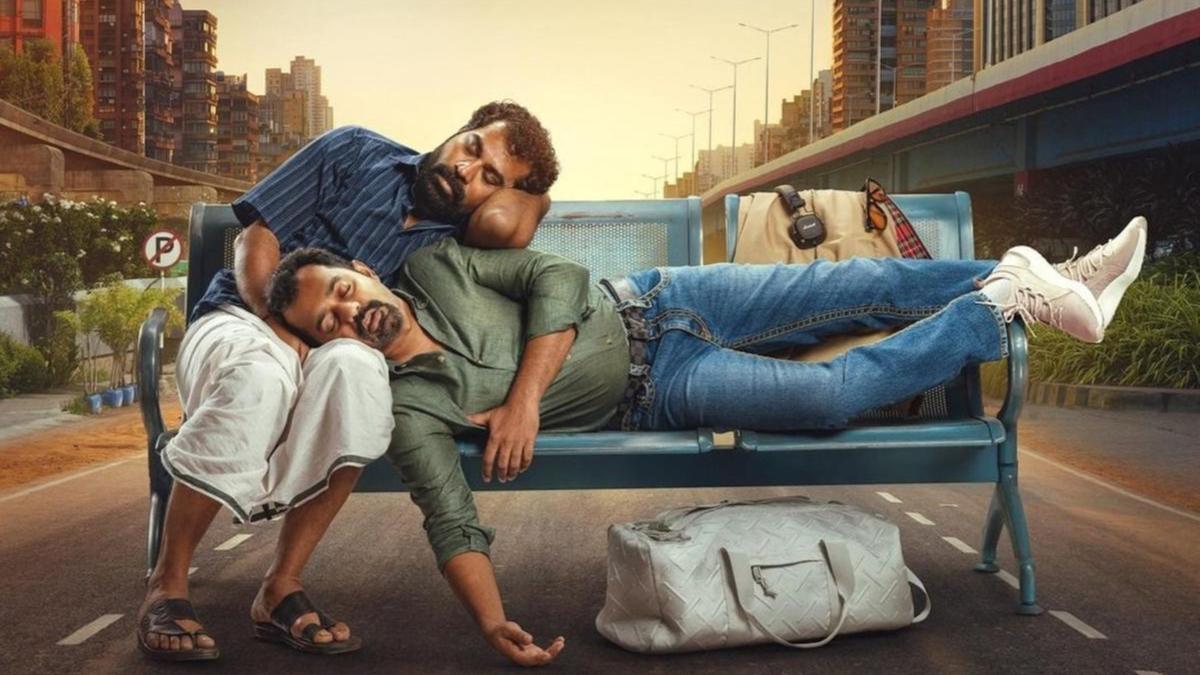Musiri House was jam-packed and filled with a diverse array of people. Veena concerts are usually poorly attended but Ramana Balachandran has carved his own fan base. Ramana, along with Anantha R. Krishnan on the mridangam presented a three-hour chamber concert that left the audience wanting more. A fine sense of balance prevailed throughout the recital and this was one of the factors contributing to the overall success of the performance.
Ramana is blessed with a voice that almost acts as an extension of his veena. A few years ago, there was criticism in some quarters that Ramana’s performances involved more singing than playing the veena and that it was slightly distracting to listeners. But today, Ramana has managed to balance these aspects favourably. Listeners have also got attuned to his distinct style of delivery that seems to work well, especially when it comes to retaining the audience’s attention.
Instrumentalists experience a unique challenge when it comes to manodharma and that is executing clearly on their vadhyams what they conceive in their mind spontaneously. Ramana’s alapana sections sparkled with clarity. This can only be attributed to his effortless execution of ideas almost instantaneously as he envisions them. Take for instance, his exploration of Natakapriya — it was truly a free-flowing gayaki style alapana that comes after deep engagement with the raga and unparalleled control over the instrument. Even the alapana performed as part of the RTP in Khamas was extraordinarily visualised. Ramana’s raga alapanas clearly emphasise his distinct approach to handling ragas — extempore outpourings that are a result of extreme concentration and rigorous practice, which requires considerable intellectual balancing. His tanam in Khamas was clearly unconventional and a search on its own. It can only be described as an effort to expand the potential of the instrument itself, similar to what the great S. Balachander did.
Swarakalpanas were included in the initial Andholika kriti (raga Sudha Rasa) and the Natakapriya piece (Idi Samayamu). The Andholika swaras, though deceptively simple to hear proved Ramana’s technical mastery as he embellished the mel kaala swaras with super-fast rigorous meetus. The final swara that involved a SRM pattern was magnificently delivered, reminding one of speedy Hindustani taranas performed on the sitar.
Anantha and Ramana seemed to be perfectly in sync with one another during the kalpanaswara sections, almost as if everything was rehearsed well in advance. It is appreciable that Anantha could anticipate almost every move of Ramana instinctively, especially during the swaras at the charanam ‘Murahara mandara’ in Natakapriya. Anantha struck a desirable balance between unobtrusive and loud throughout the recital, knowing how to skilfully highlight and complement Ramana’s hard work. Ramana exploited the tala well to perform some complex rhythmic exercises in the swaras with Anantha tracing the patterns on the mridangam, proving to be a fun and wholesome experience for the excited audience. Whether it was a swara centred around a principal note or a swara involving judicious usage of jantais, Ramana displayed some brilliant ideas. The pallavi line for the RTP in a simple rendu kalai Adi talam ‘Thiruvarul alladhu enna saathiyam annamalai ramanarin’ was demonstrated vocally by Ramana before he took a deep dive through his vaadhyam, ending with a pleasant ragamalika suite that enhanced the scheme of the pallavi.
The other compositions played were Syama Sastri’s ‘Devi brova’ (Chinthamani), ‘Manadho kadho’ (Kapi), ‘Unnai ninaindhale’ (Senchurutti) and ‘Kaya hi pandhari’ (Abhang). The concert ended with a traditional prayer to Arunachala Shiva of Tiruvannamalai. The veena, originally designed for chamber performances retains its sheen when performed in small spaces like Musiri House. This particular recital was special, as it was organised in honour of Musiri Subramania Iyer’s 125th birth anniversary.


